Lavinia Raccanello is an Italian artist and activist now based in Glasgow, Scotland. Here she discusses her process whilst working on her solo exhibition #FUEELESTADO at Flux Factory, New York.
My work focuses on the relationship between human beings, society and social justice, with a particular emphasis on the power of dialectic and participatory practice, and the conflict between state power and personal autonomy and responsibility. I’ve taken part in exhibitions in Italy, Scotland, Ireland, Spain, United States, Chile and India.
I went to New York for the first time at the beginning of October to be artist-and-utopian-in-residence at Utopia School, a month-long social center hosted at Flux Factory with classes, screenings, workshops and discussions about the ways we can re-imagine our future. It was one of the four major exhibitions of Flux Factory for the 2013-2014 season and it was such an amazing experience that I ended up extending my time there to keep working within that environment. I’ve always liked the idea of working within a collaborative, creative environment; being surrounded by hard-working and motivated artists and community organisers that enjoy sharing tools, ideas and conversations. Flux Factory was therefore the perfect place to host my research.
When I started working on my exhibition I decided to focus on the lack of social justice and the gross human rights violations in Mexico.
On Friday 26 September 2014, dozens of students from the rural school “Raúl Isidro Burgos” of Ayotzinapa (Guerrero, Mexico) went to Iguala to hold a protest against what they considered to be discriminatory hiring and funding practices by the Mexican government that is considered to be discriminating against teachers from rural areas. During their journey they were intercepted by local police. A conflict broke out and by the end of the night, 6 people, 3 of which were students, had been shot dead, 17 had been wounded and 43 students went missing while they were in Iguala police custody and they where allegedly handed over to the criminal group Guerreros Unidos and presumably killed. Early the following morning, a student’s body was found with his face skinned and his eyes gouged out.
Founded in 1926 to offer children of farm workers access to education, the rural school “Raúl Isidro Burgos” where the 43 missing students were studying to become teachers is an iconic school for elementary rural teachers in Ayotzinapa. The school and its students are well known for their activism and for being a bastion of the leftist ideology of the Mexican Revolution in the early 20th century. These students are the most promising pupils of their communities and out of 600 who requested to be admitted to the school, only 140 were accepted, including the 43 that are now missing.
The generation of the first year had 140 pupils.
140 – 43 missing = 97
97 – 3 dead = 94
94 – 2 seriously injured in hospitals = 92
Out of these 92 students, more then 67 have already moved back in with their families and they will probably never go back to that school. These numbers have been the main focus of my research.
I went to a lot of demonstrations and sit-ins, most of the time being one of the few non-Mexican people present, but I can speak Spanish fluently so it wasn’t a problem at all. During these moments, I felt the disillusion and the anger of the people, but also their strength and the huge amount of solidarity they were able to show to their own community. Searching for strategies of solidarity has always been one of my priorities, both as an artist and as an activist. I’m aware it’s an extensive and continual process and therefore I’m always amazed when it happens.
Once I chose the title #FUEELESTADO, I started working in the gallery’s space installing 97 tiny little sculptures all around the room; each one representing one of the 140 students of the first year. 43 sculptures were missing and 3 of the 97 were broken. On the walls I painted the portraits of the 43 missing students with a paint that was barely perceptible in daylight, but glowed in the dark.
On Sunday December 6, the closing day of my show, forensic experts confirmed that charred remains found in a river near Iguala were those of one of the disappeared students, Alexander Mora, therefore I broke another sculpture.
A few days after I was part of Many Mini Residency in Mexico City, a collaborative project organised by Sarrita Hunn and Ryan Thayer.
For my 12-hour long distance residency, I decided to keep working on the Ayotzinapa’s case. I spent the first 6 hours talking on Skype with Sarrita and Ryan about social justice and the over-militarisation of local police departments, both in Mexico and in the US. Together we’ve been analysing the role of street protests and demonstrations and the role that direct action and activism can play in this framework.
During the second part of the day I worked in my studio at Flux Factory on a small book with portraits of the 43 missing students investigating what the word “desaparecido” means, as it’s not just about missing individuals, but it involves the state. An interesting definition of “desaparecido” can be found in the Oxford dictionary that uses it to refer to “(Especially in South America), a person who has disappeared, presumed killed by members of the armed services or the police.” As far as I’m concerned, being part of the armed services or the police involves serving a specific community by respecting and protecting human dignity and maintaining and upholding the human rights of all persons, but this is not always the case.
The book, inspired by the murals of #FUEELESTADO, is called #NOSFALTAN43 and can be freely downloaded online at Institute for Autonomous Practices.
More: Website
//////
Want to read more blogs by artists? Look here.


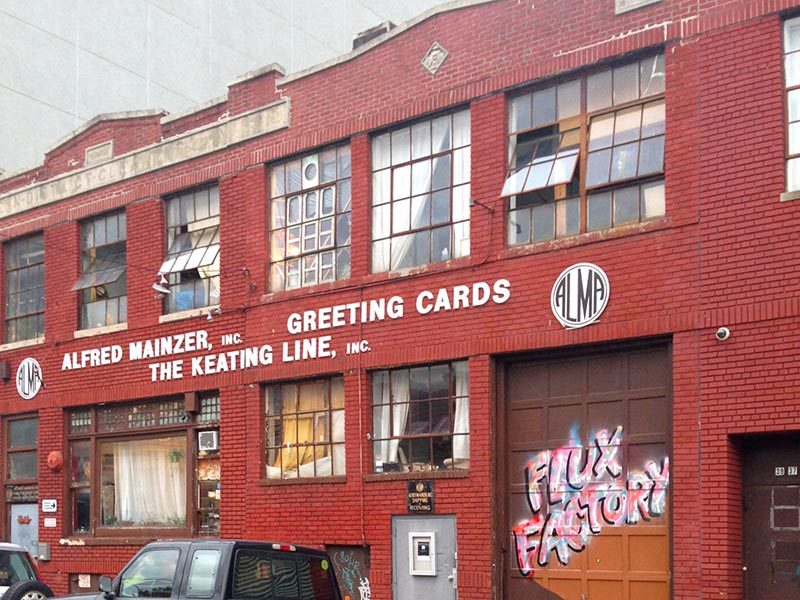
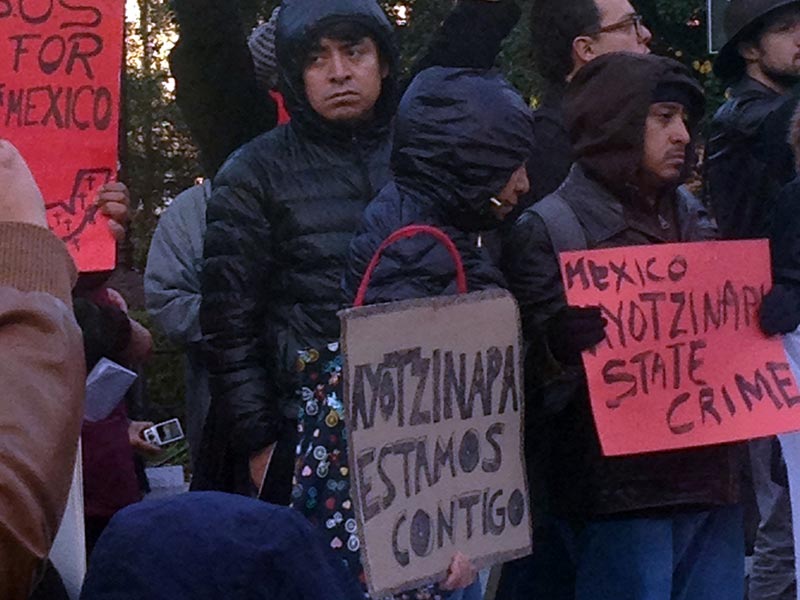

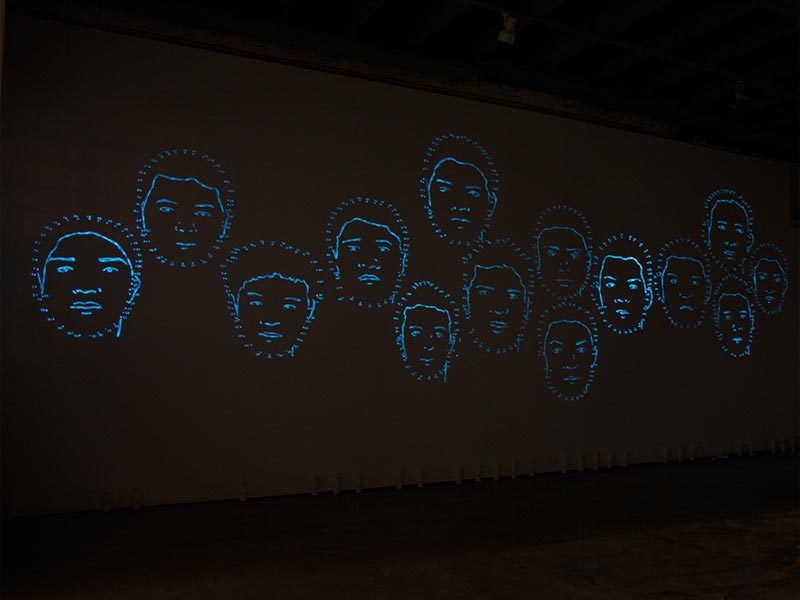
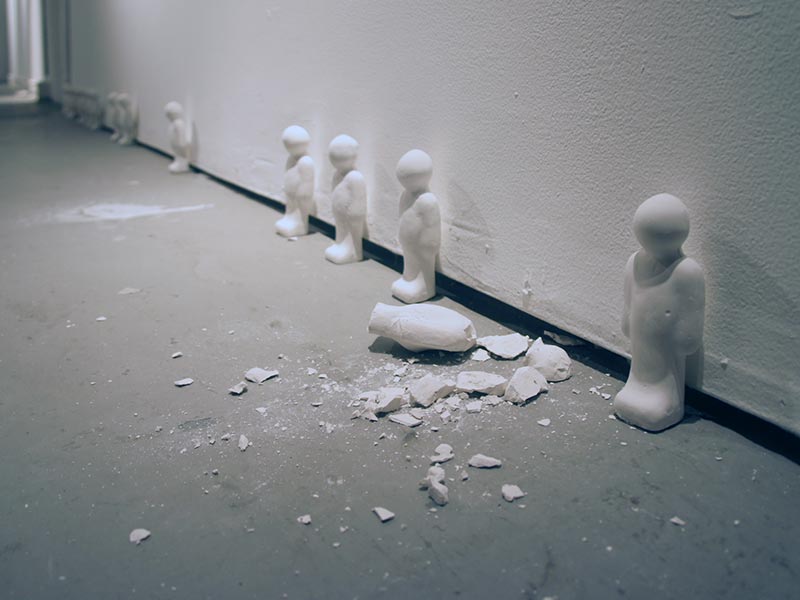
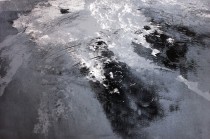

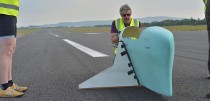









Comments